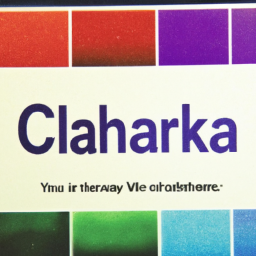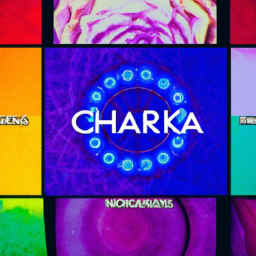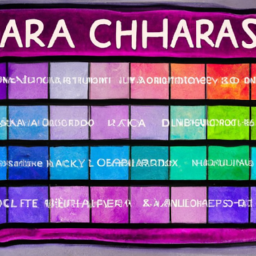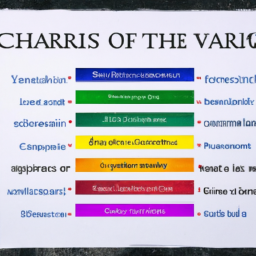: Exploring the Power of Energy in Holistic Healing
The concept of chakras has been around for thousands of years in ancient Eastern spiritual traditions. It is the belief that there are seven energy centers within the body that correspond to various physical, emotional, and spiritual aspects of our being. These chakras, when balanced and in harmony, can lead to optimal health and well-being.
The word “chakra” comes from the Sanskrit word meaning “wheel” or “disk”. This is because the chakras are believed to be spinning wheels of energy throughout the body. Each chakra is associated with a different color, element, sound, and spiritual symbol.
The seven chakras are:
- Root Chakra (Muladhara) – located at the base of the spine and associated with the color red. It represents our foundation, stability, and sense of security.
- Sacral Chakra (Svadhishthana) - located in the lower abdomen and associated with the color orange. It governs our creativity, sexuality, and sense of pleasure.
- Solar Plexus Chakra (Manipura) – located in the upper abdomen and associated with the color yellow. It reflects our self-esteem, confidence, and personal power.
- Heart Chakra (Anahata) – located in the center of the chest and associated with the color green. It is the center of love, compassion, and emotional balance.
- Throat Chakra (Vishuddha) – located in the throat and associated with the color blue. It represents our ability to communicate and self-expression.
- Third Eye Chakra (Ajna) – located between the eyebrows and associated with the color indigo. It governs our intuition, imagination, and inner wisdom.
- Crown Chakra (Sahasrara) – located at the top of the head and associated with the color violet. It is the center of spirituality, enlightenment, and connection to the divine.
When these chakras are out of balance, whether it be overactive or underactive, it can lead to physical, emotional, and mental disturbances. This is where the practice of chakra healing comes in. It is a holistic approach to wellness that aims to realign and balance the flow of energy within the body.
One of the most common ways to balance chakras is through meditation. By focusing on each chakra individually and visualizing it spinning and radiating its corresponding color, you can bring awareness and energy to that specific area. There are also various techniques such as chanting, yoga, and crystal healing that can help in balancing the chakras.
Not only can chakra healing improve physical ailments, but it can also have a positive impact on our emotional and spiritual well-being. By balancing our chakras, we can experience a greater sense of harmony, inner peace, and overall vitality.
However, it is important to note that chakra healing is not a substitute for medical treatment. It is meant to complement traditional medicine and should not be used as the sole method of healing.
In Western culture, the concept of chakras and energy healing is still relatively new. But as more individuals seek a more holistic and natural approach to wellness, the interest in chakra healing continues to grow.
“Everything in life is vibration.”
-Albert Einstein
The quote above emphasizes the importance of energy and its impact on our physical and emotional states. Chakra healing allows us to tap into this powerful energy and use it to our advantage in achieving optimal health and wellness.
In conclusion, chakras play a vital role in our well-being, and incorporating chakra healing into our daily routines can have a significant impact on our overall health. Whether you are a believer in the power of energy or not, there is no denying the benefits of finding balance and harmony within ourselves.







Excited to learn more about this!
FamiliesRFun: Looks interesting! #curious
Awesome! Can’t wait to find out what it is! #eager